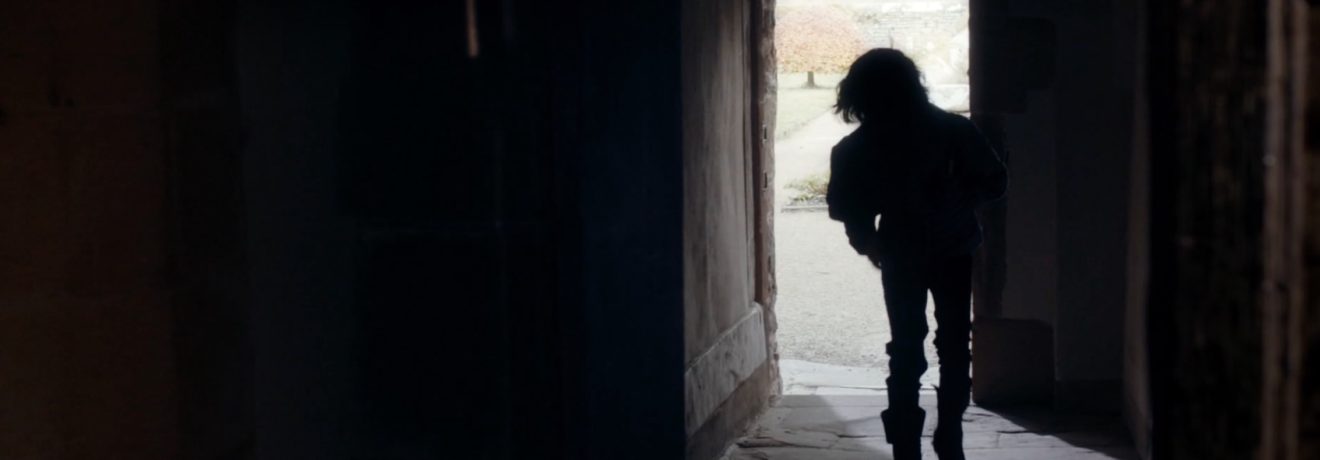Theater Reviews
The Hollow Crown’s “1 Henry VI”: Crosscuts, Casting, and Factional Conflict

Elizabeth E. Tavares (Pacific University)
The second season of the award-winning series, The Hollow Crown, opens with a dramatic birds-eye view of the English Channel and the Cliffs of Dover as we follow a soldier’s furious ride through red and white eglantine. Dover happens to be the closest point between England and France. The roses and geography are visual aids alongside Dame Judi Dench’s voice-over: Henry V has taken France and married its princess, securing England’s legacy legally and militarily. Dench isn’t a cast member in this production, but her inclusion reinforces the sense that there are certain actors who (to film and television audiences) verify what Andrew Higson calls English heritage cinema. The three-part series focusing on William Shakespeare’s War of the Roses tetralogy capitalizes on such casting strategies as well as crosscut sequences to emphasize the threat of a managed monarch to the commonwealth.
Both seasons one and two start by representing the king, Richard II and Henry VI respectively, as naïve, concerned with religious matters to the point of neglecting governance, and seemingly at the mercy of the loudest voice in the room. The question of whether a monarch was in control of her councilors or they her was a hot topic in the 1590s, when Shakespeare’s plays were first performed. According to Tudorbetheans (that is, historians focused on sixteenth-century politics in England), debate in the reign of Elizabeth I was characterized by factional groups attempting to appeal to various bodies of opinion in order to…
Please login or subscribe to continue reading.
Please subscribe to The Shakespeare Newsletter to continue reading.
Subscribe Now